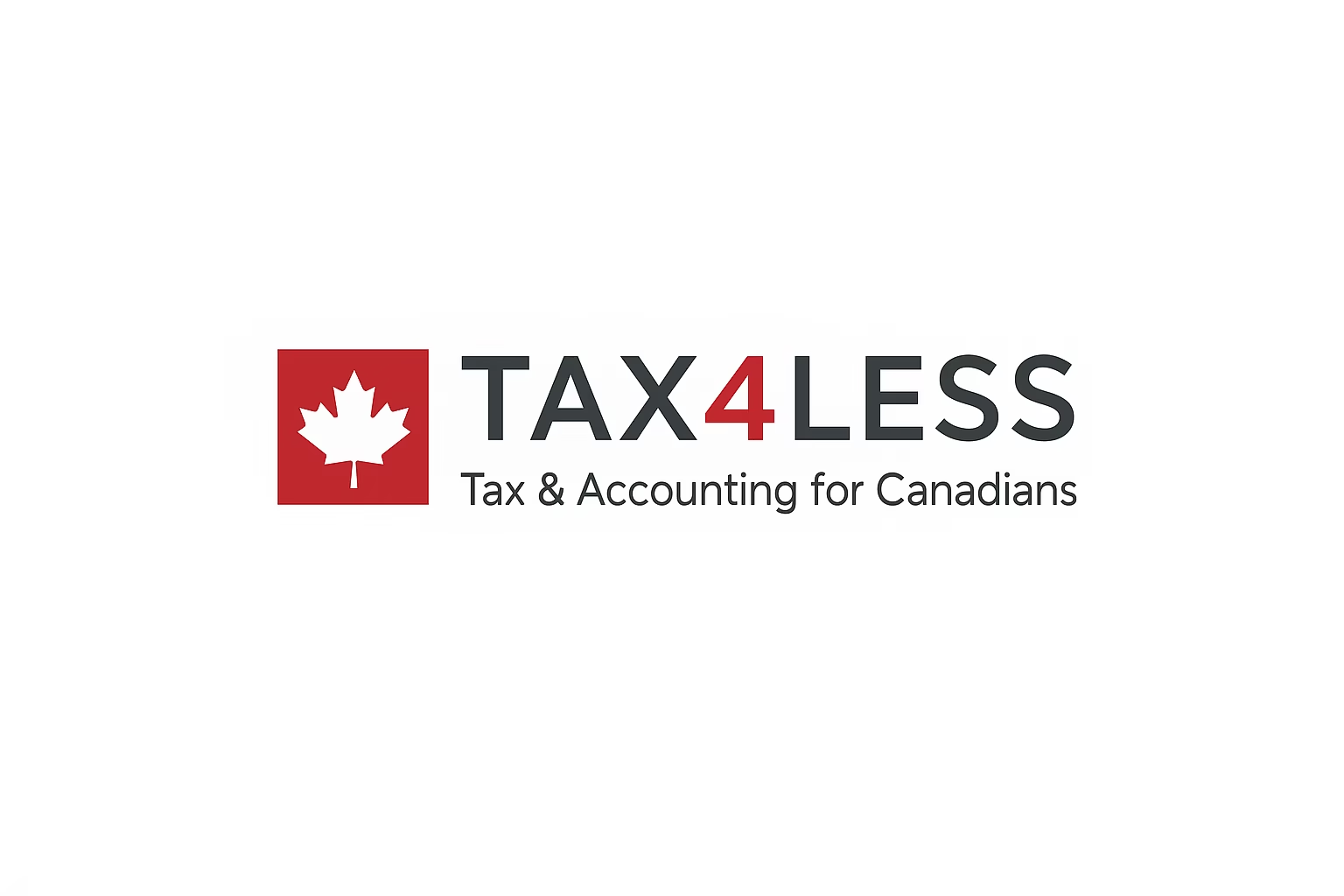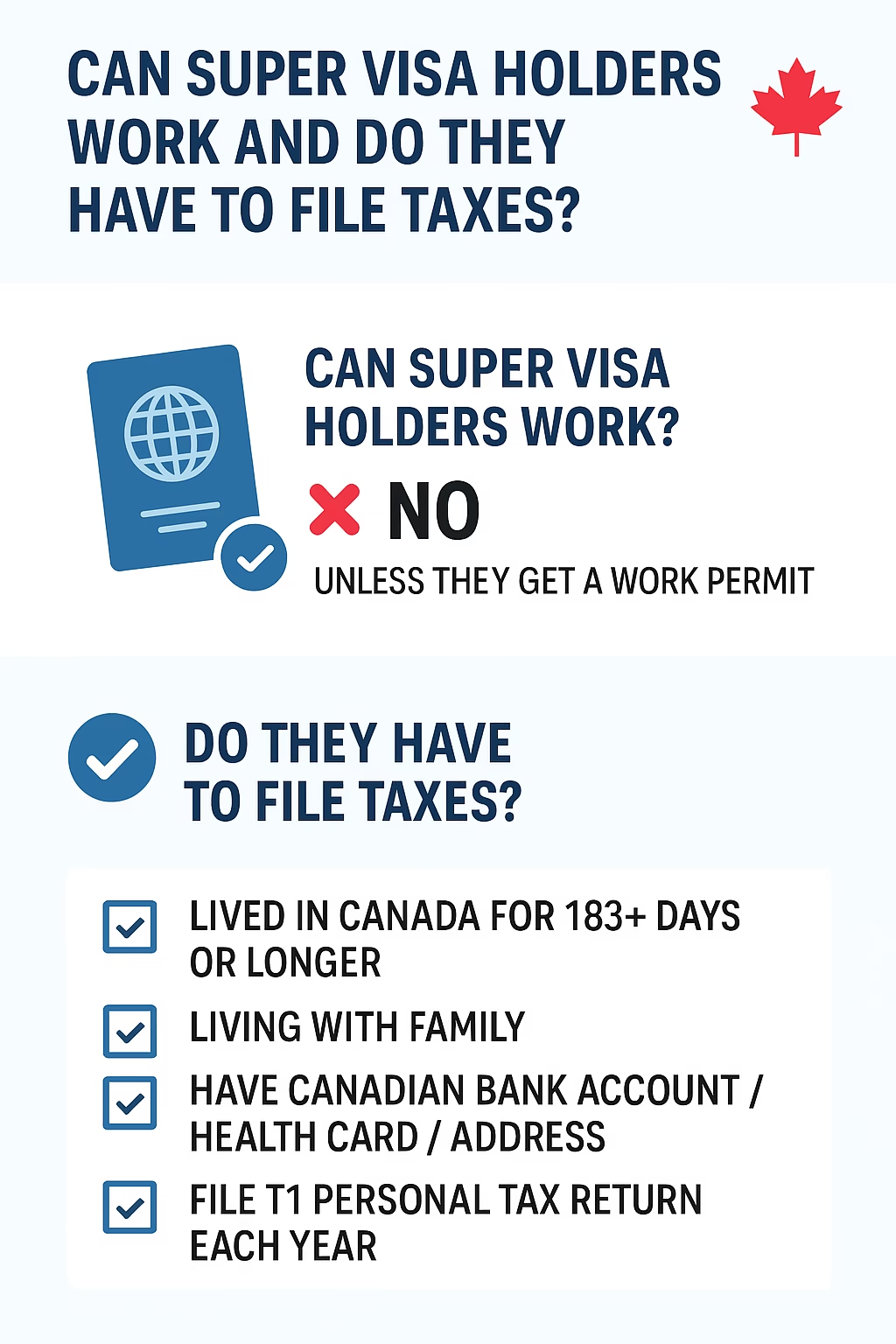Cost Savings: The Direct Route to a Stronger Bottom Line
How to increase your Bottomline thru cost savings using alternates
Every business, no matter the size or industry, is chasing one thing — profit. While revenue growth grabs headlines and investor attention, the quieter hero behind sustainable profitability is cost control. Simply put, every dollar saved is a dollar earned. When a business trims waste, eliminates unnecessary expenses, and spends wisely, those savings flow straight to the bottom line — often faster and more reliably than revenue growth ever could.
In today’s digital world, one of the most overlooked sources of waste sits quietly on company balance sheets: recurring software subscriptions. Monthly fees for tools that are underused, redundant, or simply unnecessary eat away at profits month after month. What’s worse, many businesses sign up for these subscriptions in the name of “convenience” or “modernization,” without fully calculating the long-term cost.
Let’s talk about what this means in real financial terms — and how smarter software choices can translate directly into stronger margins.
The Problem with Subscriptions
Subscription-based pricing has taken over the software industry. Everything from accounting to design to email is now offered as a “service.” The model seems appealing at first: low upfront cost, instant access, regular updates, and easy scalability.
But the truth is, subscriptions can quietly erode profitability if not managed carefully.
Take QuickBooks Online (QBO), for example. For many small and mid-sized businesses, this monthly or annual subscription feels like the modern, cloud-based choice. But it comes at a price — one that keeps recurring whether or not you use the full range of features.
On the other hand, QuickBooks Desktop is a one-time purchase. You buy the license, install it, and use it for years. No recurring costs. No monthly debit from your account. And for many businesses, it delivers all the same functionality needed to manage accounting efficiently.
That’s not just convenience — that’s a permanent cost saving that boosts profit every single year you use the software without paying again.
The Subscription Creep
Subscription creep is real. It starts with one or two “must-have” tools, then grows quietly as departments or employees add more apps — project management platforms, cloud storage, CRMs, design tools, collaboration suites, analytics dashboards, and more. Each one seems small on its own — $10 here, $30 there — but together, they form a mountain of recurring costs.
Before long, your company might be spending hundreds or even thousands of dollars a month on subscriptions. That’s tens of thousands of dollars a year — often for software that’s only partially used.
Worse, many of these tools overlap in functionality. You might have five apps doing variations of the same thing — file sharing, communication, or scheduling — just because different teams prefer different interfaces.
This is not efficiency. This is profit leakage.
Cost Savings Go Straight to the Bottom Line
Let’s put numbers on it.
Say your business generates $1 million in annual revenue, with a 10% profit margin — that’s $100,000 in profit. If you manage to save just $10,000 by cutting unnecessary subscriptions, your profit jumps 10%, to $110,000.
In other words, that $10,000 saving delivers the same effect as generating an extra $100,000 in sales — without any additional effort, staff, or marketing. That’s the power of cost savings. It directly enhances the bottom line.
Unlike new sales, savings don’t come with hidden costs — no commissions, no production increases, no extra customer support. It’s pure efficiency.
Real-World Examples of Smart Savings
Let’s look at some specific examples of where companies can save money by switching from recurring to one-time purchases or alternative solutions.
1. Accounting Software: QuickBooks Online vs. Desktop
As mentioned earlier, QuickBooks Desktop often delivers the same core functionality as the online version. If your business doesn’t require remote access for multiple users, the desktop version is a one-time investment that could serve you for years. Instead of paying $30–$200 per month per user, you pay once and own it. Over five years, that’s thousands of dollars saved — directly improving your profit margins.
2. Office Suites: Microsoft 365 vs. One-Time Office License
Microsoft 365 (Office 365) charges monthly or annual fees for access to Word, Excel, PowerPoint, and other tools. While that seems affordable — say, $12 per month per user — it adds up fast. Ten employees? That’s over $1,400 a year.
Instead, consider purchasing Microsoft Office Professional 2021 — a perpetual license. You pay once, install it on your systems, and use it indefinitely. You still get the same familiar applications, minus the recurring charges.
Again, that’s permanent savings — and as long as the software meets your needs, there’s no reason to keep paying for it every month.
3. Design Tools: Adobe Creative Cloud vs. One-Time Alternatives
Adobe’s Creative Cloud subscriptions are among the most expensive on the market — $55 per month for a single user. Over a year, that’s $660. Over five years, that’s $3,300 — per designer.
For some users, investing in Adobe’s perpetual licenses (like older versions) or switching to one-time-purchase alternatives such as Affinity Designer, Affinity Photo, or CorelDRAW can deliver equivalent capabilities for a fraction of the long-term cost.
The key question is simple: do you really need the latest version every month, or do you just need reliable software that gets the job done? For most small and medium businesses, it’s the latter.
Conducting a Subscription Audit
The first step toward meaningful savings is to audit your current subscriptions. Here’s a practical process:
List every active subscription.
Include software, platforms, memberships, and services — anything that charges monthly or annually.Calculate the annual total.
Add up all costs. Many businesses are shocked when they see how much they’re spending annually on subscriptions they barely use.Identify redundancies.
Are you using multiple tools for the same purpose (e.g., Slack and Teams, Dropbox and Google Drive)?Evaluate usage.
Check how often each tool is actually used. Many services offer usage analytics — take advantage of that data.Seek one-time or free alternatives.
If a perpetual license or free version meets 80% of your needs, it’s likely the smarter choice.Cancel what you don’t need immediately.
Don’t “wait and see.” Every month you delay, you’re paying for nothing.
A subscription audit, repeated every six months, keeps your cost structure lean and your profits healthier.
When Subscriptions Make Sense
Not all subscriptions are bad. For software that genuinely requires cloud functionality — like collaborative project management tools, shared CRMs, or platforms that rely on constant updates — subscriptions can be worth it.
The goal isn’t to eliminate subscriptions entirely. The goal is to use them consciously — to pay for recurring services only when they deliver ongoing, measurable value.
If a subscription drives efficiency, saves labor hours, or directly contributes to revenue generation, it’s worth keeping. But if it’s just “nice to have,” it’s a silent cost that eats into your profits month after month.
Culture Shift: From Convenience to Conscious Spending
Many teams subscribe to new tools because it feels easy — a few clicks and you’re set up. But this mindset encourages short-term thinking. Leaders should cultivate a culture where employees ask:
“Do we already have a tool that does this?”
“Is there a one-time purchase alternative?”
“Will this subscription truly add value to our workflow?”
Encouraging these questions builds financial discipline at every level of the business.
Final Thoughts: Savings Are the Smartest Profit
Revenue growth is exciting, but it’s not always predictable. Cost savings, on the other hand, are within your control — immediate, measurable, and directly linked to profit.
When you cancel an unnecessary subscription, negotiate a better rate, or switch to a one-time license, that’s money you keep — not money you hope to earn.
In times when every dollar counts, the smartest move isn’t to chase new income — it’s to stop the leaks in the first place. As many companies have learned recently, trimming the fat from your subscription stack isn’t just about frugality. It’s about protecting your bottom line, improving profitability, and building a leaner, stronger business for the long haul.
- accountants near me
- Adobe license savings
- bottom line improvement
- business cost control
- business management
- business operations
- business profitability
- business software budgeting
- business strategy
- business tax preparation
- corporate tax services
- cost savings
- cost-cutting strategies
- entrepreneurship
- expense management
- expense reduction
- financial discipline
- financial efficiency
- financial planning
- Microsoft 365 alternatives
- one-time software purchases
- operational efficiency
- profit improvement
- profit margins
- QuickBooks Desktop vs Online
- reducing business expenses
- SaaS cost optimization
- small business finance
- small business growth
- smart spending
- software cost reduction
- subscription audit
- subscription management
- tax planning Canada
- Tax4less
- tax4less.ca
- Tax4Less.ca Inc

 Next Post
Next Post